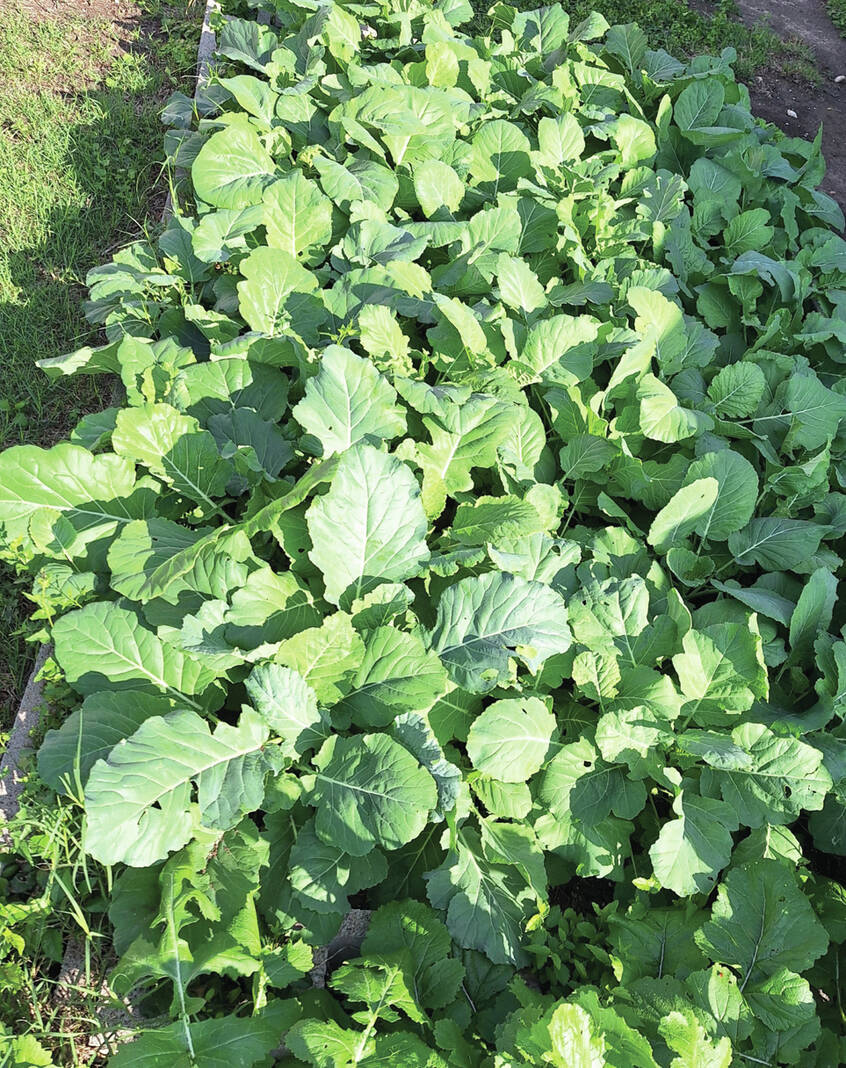|
Only have a minute? Listen instead
Getting your Trinity Audio player ready...
|

This is National Heart Health Month and a good time to talk about foods that can provide some real protection from heart disease. Filling our plates with colorful vegetables is important for good nutrition and protecting our health. Vegetables in the Brassica or cabbage family are so healthy that several servings a week are recommended. We have plenty to choose from in this family and most of them grow very well here in the Rio Grande Valley, especially during cooler months. Some are fast growing, like radishes (30 days) and collards (50 days), and others are slower like cabbage (85 days).
The Brassicas include cabbage, cauliflower, collard greens, Bok Choy, broccoli, Brussels sprouts, Chinese cabbage, kale, mustard greens, Pak Choi, radishes and turnips and turnip greens. Many of these, especially the varieties of cabbage and radishes, have been used in herbal medicine since ancient times and with good reason. They all have heart protecting chemicals, as well as a whole arsenal of plant compounds that protect us. One of my favorites is collard greens. Collards are low in calories (2 cups equal 24 calories) and rich in vitamins K, C, and A, as well as calcium, folate and fiber. They also contain potassium and magnesium.
Collards protect the heart by improving good cholesterol, as well as systolic blood pressure. And, both calcium and vitamin K play critical roles in bone health. Vitamin K is also a nutrient involved in blood clotting. Older scientific studies suggested reducing this vitamin when taking blood thinners. Newer research, however, shows that a steady, regular number of foods providing vitamin K can be beneficial.
So, if you are on blood thinners, discuss this with your doctor to be safe.
Collards are also high in the antioxidants lutein and zeaxanthin which contribute to eye health by protecting us from several eye diseases. And all members of the cabbage family contain the compound sulforaphane, which protects our digestive health.
When cooking members of the cabbage family, do so with 5 to 10 minutes of steaming to provide the most generous health benefits. Frying on high temperatures or microwaving is very detrimental, breaking down its beneficial chemicals.
Each member of the cabbage family has slightly different cancer preventative chemicals in addition to protecting our hearts, so cover all of them by choosing several of these cabbage family members each week. Keep in mind, the slightly bitter flavors of some members of this group are a sign of its healthy chemicals. If you are sensitive to bitter tastes, try adding these vegetables to a smoothie with fruit to help mask the bitterness. If you make smoothies, use a blender rather than a juicer, so that you get to keep all the valuable fiber from the plants.
The Farmers Market in Firemen’s Park at 201 N. 1st St. in McAllen will have most of the cabbage family from 9 a.m. to noon Saturday, including collards. This market is open every Saturday and they offer free recipes for vegetables in season and have weekly food demonstrations. And, Master Gardeners and growers are happy to discuss the best growing conditions.
Barbara Storz is a horticulturist writing about crops that grow in the Rio Grande Valley. You can follow her on Facebook.



